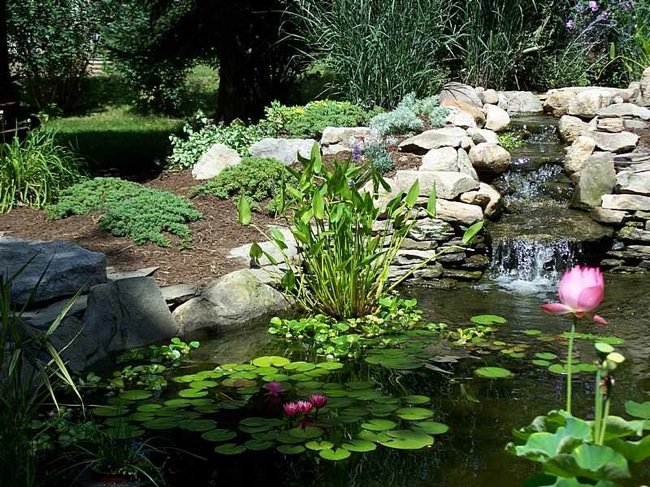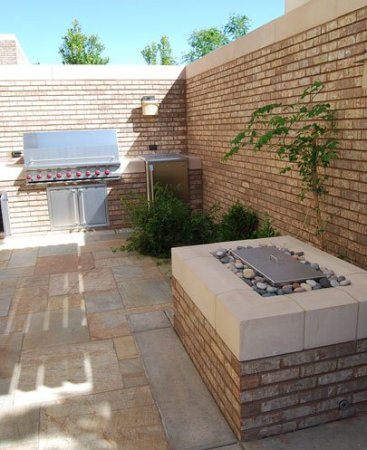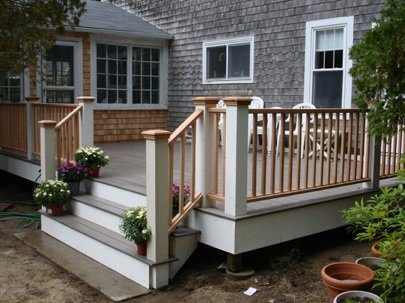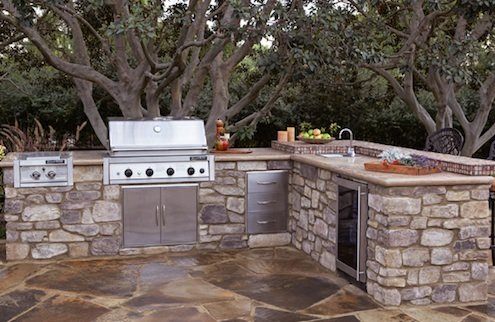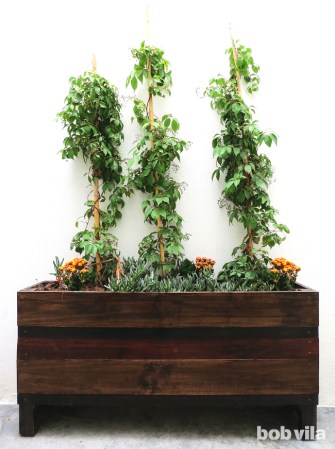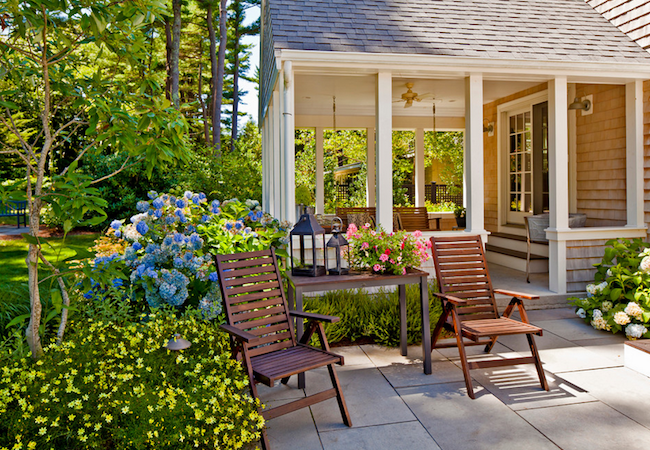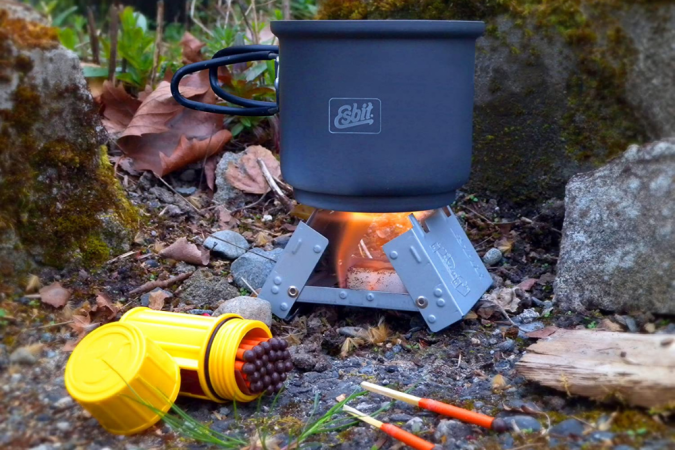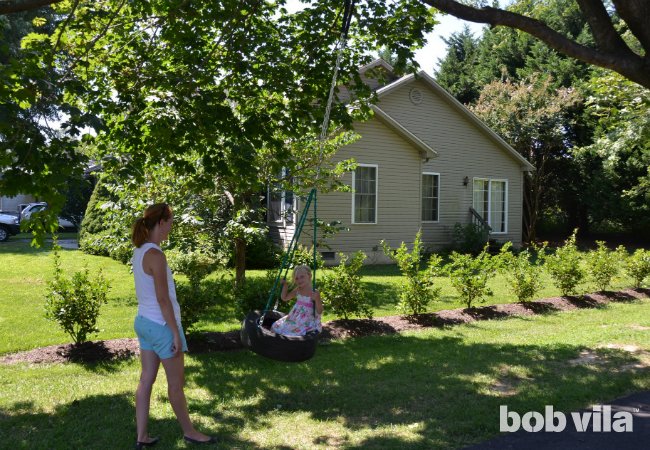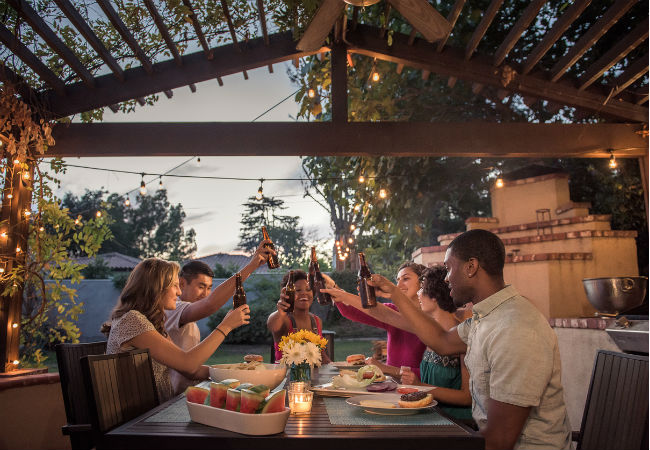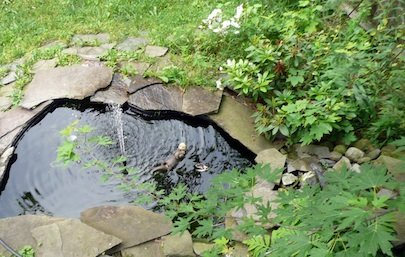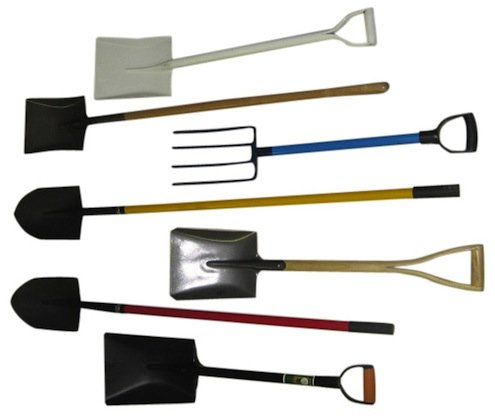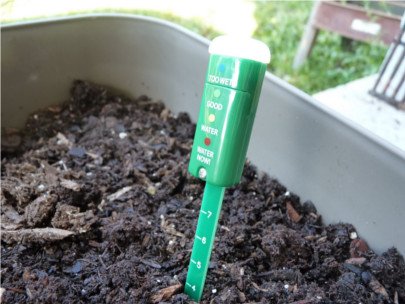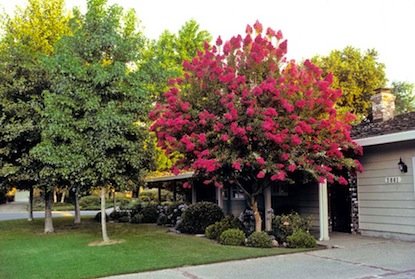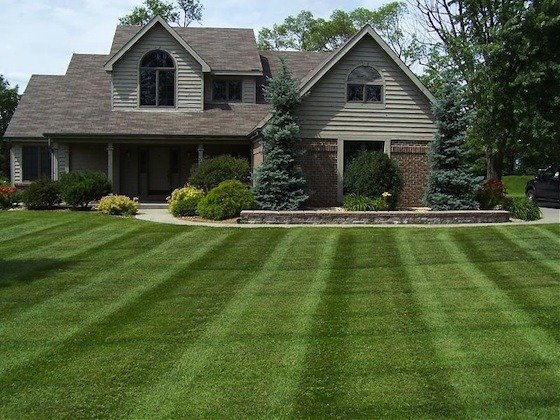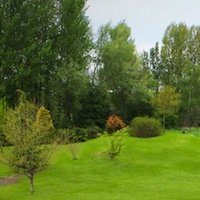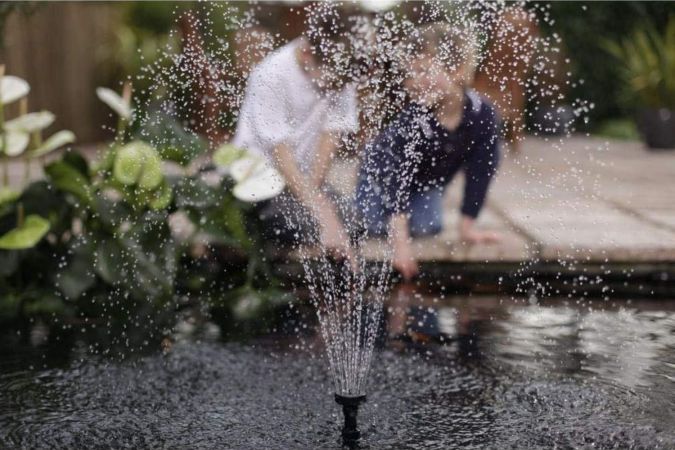We may earn revenue from the products available on this page and participate in affiliate programs. Learn More ›
Just to be clear, the kind of pond we’re referring to doesn’t involve swimming, fishing, or boating. We’re talking about a decorative garden pond for goldfish, koi, or plants—a water feature that will blend into your landscape and create a calming aesthetic experience. There’s nothing more relaxing than the sights, sounds, and even smells of a well-maintained pond, but a pond has to be planned and built correctly in order to function properly and produce the desired effect. You can’t just start digging and then hope it all works out. Here are some important factors to consider before you grab a shovel.
LOCATION
Ideally, a pond should get a good mixture of sun and shade, but you want to achieve this without getting too close to trees. Digging around the root system of a tree can damage it—and it’s a bear of a project. Also keep in mind that you will need to run electricity to the pond for the pump and, depending on how elaborate you want to get, other components such as a filter, skimmer, or lights. This means you might want to locate your pond near your home. Keeping it close to the house gives you the added benefit of being able to enjoy its beauty when you’re indoors.
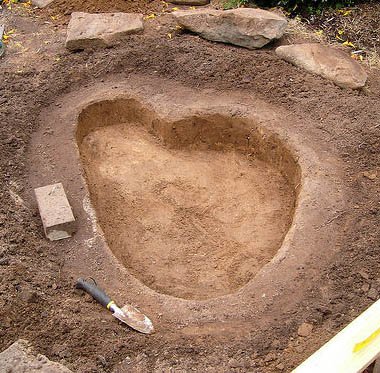
SHAPE AND SIZE
In general, the larger the pond, the more stable it will be for fish and plants, so don’t try to keep it small for the sake of maintenance. Go for the biggest pond that makes sense for the space you have. You can either purchase a prefabricated plastic pond tub, or you can use a pond liner and customize the size and shape of your pond. If you decide to go the custom route, take some string or a garden hose and use it as a line to lay out the shape that you want on the ground. This will enable you to try different designs before you make a final decision.
Be creative—try something other than a circular shape, and consider incorporating elements like a waterfall or stream. Think carefully, however, about placement of any special features. You don’t want to be looking at the back of a waterfall from your porch or window, so determine how any add-ons will affect the shape and orientation of the pond. After you have established the perfect shape and size, use landscaping paint to trace the perimeter.
ARCHITECTURAL FEATURES
If you’re going to the effort and expense of creating a pond in your landscape, you’ll want to include a place where you can truly enjoy it, so be sure to incorporate benches or other seating areas—or even a more elaborate structure like a gazebo—into the design. If the pond is large enough, you might even wish to place a small bridge across it. A tall stone or obelisk set in the middle of a pond gives it an exotic atmosphere and provides a focal point for the design.
PLUMBING OPTIONS
You don’t necessarily need a complicated plumbing setup. Filters and skimmers are nice but not essential for every application. At the bare minimum, you will need an electric pump to circulate the water—and to feed your waterfall if you plan on having one. A filter may not be necessary; beneficial bacteria that will begin to grow in the pond can act as a natural filter, and there are also a number of plants you can grow that will help keep the water clean. For example, water hyacinths reduce algae by removing certain nutrients from the water. Although it’s certainly possible to create a micro-ecosystem that strikes a natural balance, every application is different and will vary depending on where you live, the number of fish you keep, and the size of your pond. Do your research and make these decisions during the planning phase so you don’t have to tack on a filter and skimmer later. These should be incorporated into the design.
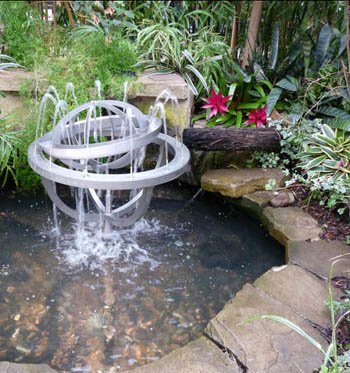
NATURAL MATERIALS
Don’t forget that after you dig the hole for your pond, you will be left with a huge pile of dirt. You have to get rid of it one way or another, so take this into consideration when planning your pond. You may be able to use the dirt to build up an area for a waterfall or some other interesting feature. Also, if you want your pond to look natural and blend into the landscape, you will most likely need rocks for landscaping in and around your new water feature. Determine whether you can acquire them (legally) from nature or if you will need to purchase them. Even if you don’t end up having to pay for them, the time and labor involved in moving rocks can be significant.
CALL BEFORE YOU DIG
We know you’re anxious to grab that shovel, but there’s one more important thing you must do before you break ground: Call 811 and let them know what you are doing. They will send out the appropriate people to make sure that you are not going to hit any underground lines when you dig. This is a free service, so there’s no reason to risk hitting a gas, water, or power line.
The key in planning your pond is to think long-term. If you take your time thinking through all of these factors and considering your options, the result will be something you will cherish for years to come. Resist the temptation to cut corners or start building too soon, because saving that extra day or two isn’t worth it in the long run. Think about it—have you ever heard anyone say, “I know it’s not perfect, but I’m glad I saved a little time three years ago”?
